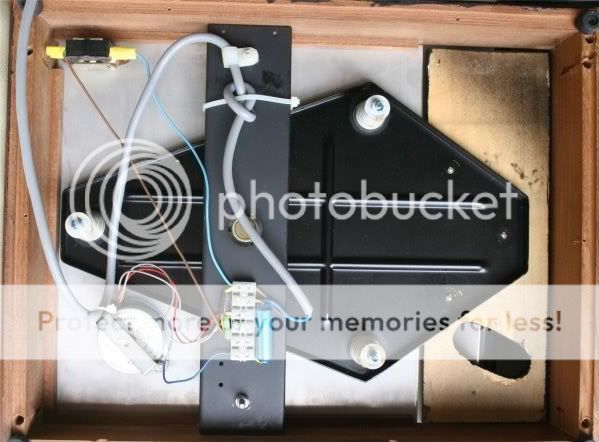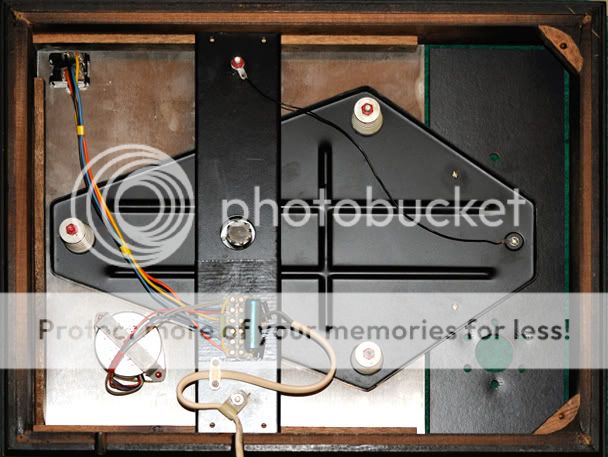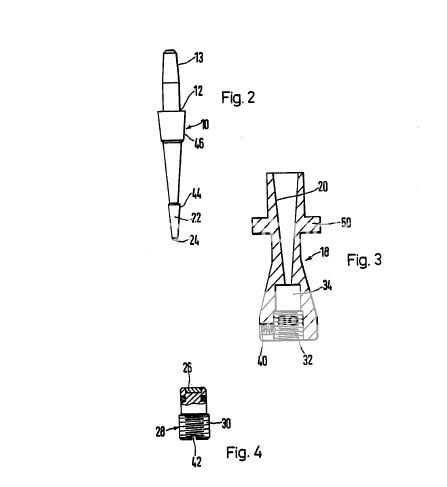Meanwhile, back at the ranch...
I'd just like to say that in my opinion the RD11 and early LP12 were so similar as to be virtual identical and there is no way the Linn was "streets ahead".
The plinth was different, RD11 chipboard with veneer verses solid wood on the LP12. The motor pulley was different, the Ariston had a two-speed pulley with a square-section belt. The most significant difference was the bearing. The Linn used a hardened steel spindle machined to a point where as the Ariston used a ball-bearing to form the point. When Hamish Robertson took Linn to court over the plagiarism Ivor T successfully argued that it was this difference in the bearing design that meant that the decks were not one and the same design. Unbelievable!
Apart from that any other differences are irrelevant, or non existent. The sub-chassis is identical, arm-board identical, motor identical, inner and outer platters near as damn it. What a lot of people forget is that many of the features seen on an LP12 were later introductions. The bracing on the sub-chassis, lamination of the arm-board, spring types, power supply, on the very first LP12s all of these items were exactly the same as those on the RD11.
Streets ahead? The difference in performance of the two is so slight that set-up will tip it one way or the other. OK, the Linn is maybe a little better but nothing to sweat over. The LP12 was an almost straight copy of the RD11 and sounded like it.
I'd just like to say that in my opinion the RD11 and early LP12 were so similar as to be virtual identical and there is no way the Linn was "streets ahead".
The plinth was different, RD11 chipboard with veneer verses solid wood on the LP12. The motor pulley was different, the Ariston had a two-speed pulley with a square-section belt. The most significant difference was the bearing. The Linn used a hardened steel spindle machined to a point where as the Ariston used a ball-bearing to form the point. When Hamish Robertson took Linn to court over the plagiarism Ivor T successfully argued that it was this difference in the bearing design that meant that the decks were not one and the same design. Unbelievable!
Apart from that any other differences are irrelevant, or non existent. The sub-chassis is identical, arm-board identical, motor identical, inner and outer platters near as damn it. What a lot of people forget is that many of the features seen on an LP12 were later introductions. The bracing on the sub-chassis, lamination of the arm-board, spring types, power supply, on the very first LP12s all of these items were exactly the same as those on the RD11.
Streets ahead? The difference in performance of the two is so slight that set-up will tip it one way or the other. OK, the Linn is maybe a little better but nothing to sweat over. The LP12 was an almost straight copy of the RD11 and sounded like it.





